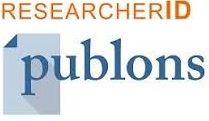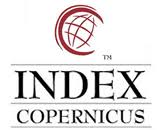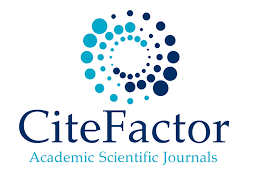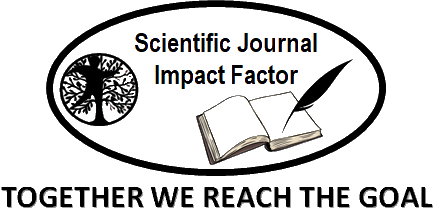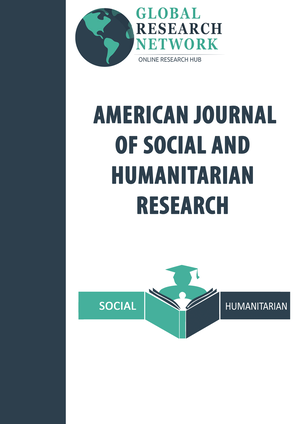Assessing the Role of Mangrove Vegetation Structure in Shaping Potamids Gastropod (Telescopium sp.) Distribution
Abstract
Mangrove ecosystems have been proven to have a rich diversity of gastropods in coastal areas [1, 2]. They have a wide variety of gastropod families, such as Potamididae, Ellobiidae, Neritidae, and Assimineidae. In conjunction with mangrove trees, gastropods play a particularly important role in nutrient cycling within the mangrove ecosystem [10]. Besides playing a significant ecological role in the decomposition of organic matter and nutrient cycling within the mangrove floor, its presence also serves as a bioindicator of mangrove ecosystem health, making it a valuable species for monitoring environmental changes and assessing the success of conservation and restoration efforts. In this study, we aim to assess the current status of T.telescopium populations in relation to mangrove cover canopy, with a focus on understanding how habitat alteration affects their abundance, distribution, and ecological function. The results demonstrate consistently high canopy coverage in Teluk Awur Bay, with average values ranging from 71.952% to 78.966%, categorizing all stations under the “High” canopy cover class as defined by the Ministry of Environment standard. The total number of individuals recorded across four stations (St 1, 2, 3, and 5) is 191 individuals, with the highest abundance at Station 2 (65 individuals) and the lowest at Station 5 (29 individuals). The relatively high abundance of T. telescopium supports the interpretation of a healthy mangrove environment.
Keywords—Mangrove, Canopy cover, Gastropods, Telescopium telescopium,
Keywords
Full Text:
PDFDOI: http://dx.doi.org/10.52155/ijpsat.v51.1.7255
Refbacks
- There are currently no refbacks.
Copyright (c) 2025 Novian Kusuma, Prastyo Abi Widyananto

This work is licensed under a Creative Commons Attribution 4.0 International License.








